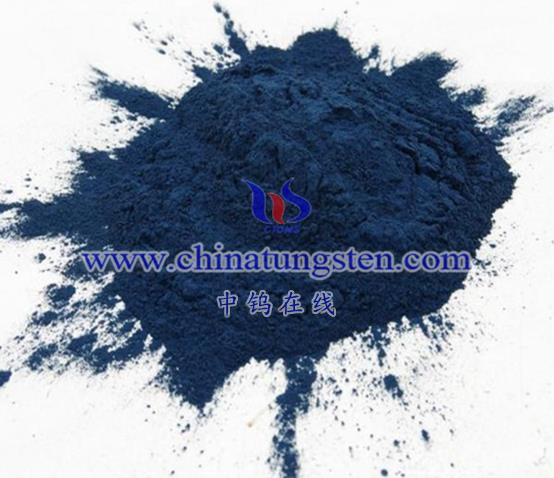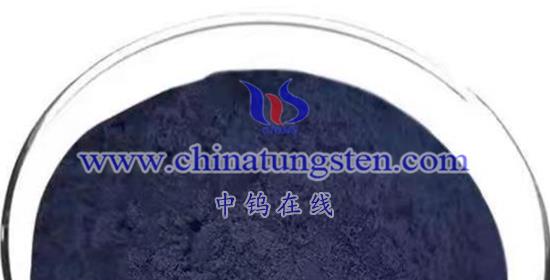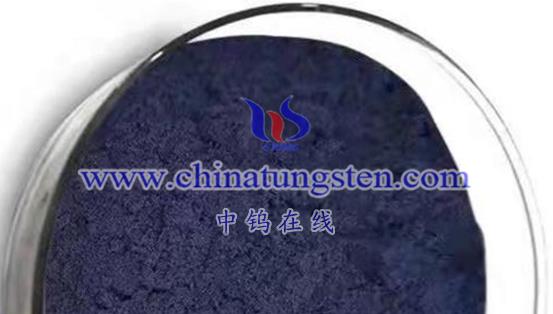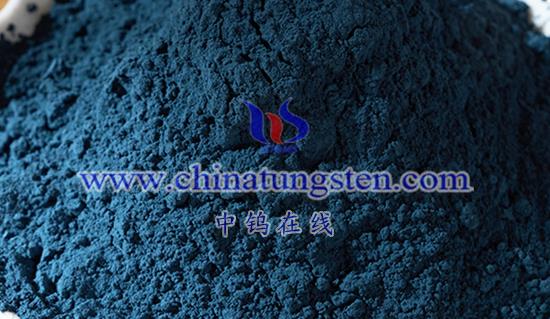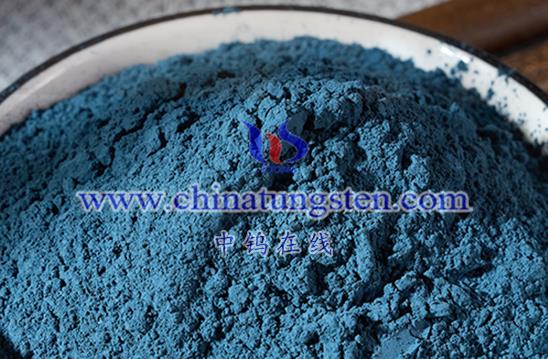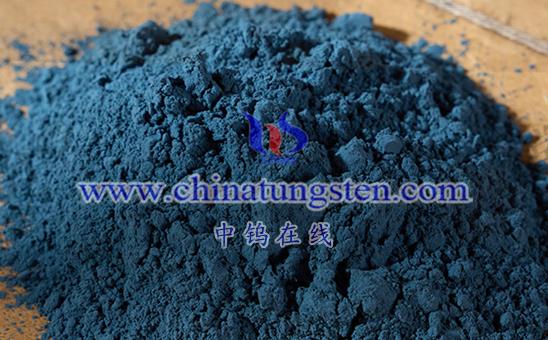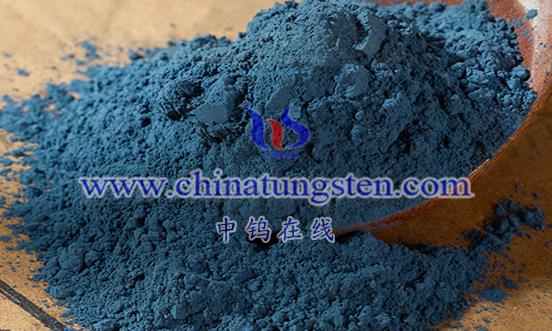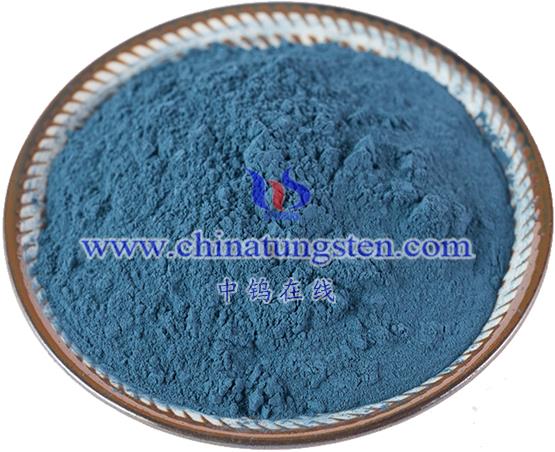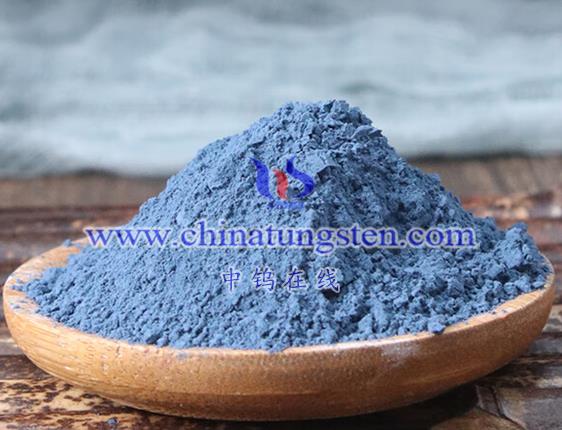
The toxicity of tungsten oxide nanoparticles, especially nanostructured tungsten trioxide (WO₃), is a complex and concerning issue. Current research indicates that the toxicity is closely related to factors such as particle size, shape, surface properties, dosage, and exposure time. Here’s a detailed analysis:
- Manifestations of Toxicity
- Cytotoxicity: High doses of WO₃ nanoparticles can induce cell death, potentially due to their ability to penetrate cell membranes and damage biomolecules like DNA, leading to apoptosis or necrosis.
- Genotoxicity: Tungsten trioxide nanoparticles may cause DNA damage, which can be permanent and increase the risk of mutations and cancer.
- Oxidative Stress: WO₃ nanoparticles can produce excessive reactive oxygen species (ROS) in biological systems, triggering oxidative stress that harms cells and tissues.
- Organ Damage: Studies suggest that inhalation of these nanoparticles can lead to lung, cardiovascular, and central nervous system damage and inflammation. Additionally, they may also adversely affect the liver and kidneys.
- Factors Influencing Toxicity
- Particle Size and Shape: The physicochemical properties of WO₃ change with particle size and shape, directly impacting their interactions with biological tissues and their toxicity.
- Surface Properties: The surface characteristics (such as charge and hydrophilicity) of tungsten trioxide nanoparticles can influence their toxicity. For instance, positively charged particles may bind more easily to cell membranes, increasing toxicity.
- Dosage and Exposure Duration: The toxicity of WO₃ nanoparticles varies with dosage and exposure time; generally, higher doses and prolonged exposure elevate toxicity risks.
- Dispersion and Synthesis Method: How the nanoparticles are dispersed and the methods used for their synthesis can affect toxicity. Uneven dispersion may lead to agglomeration, which can be more easily taken up by biological systems and cause toxic effects.
- Research on Toxicity
- There is ongoing debate and uncertainty regarding the toxicity of tungsten trioxide nanoparticles. While some studies indicate potential toxicity risks, others suggest that low doses might be harmless or even possess potential medical applications. Thus, it’s essential to consider toxicity issues when exploring applications of WO₃.
- Safety Recommendations
- Avoid High Concentration Exposure: Minimize exposure to high concentrations of WO₃ to reduce potential health risks.
- Protective Measures: Use appropriate personal protective equipment (e.g., protective clothing, gloves, masks) to mitigate skin contact and inhalation risks.
- Safe Operating Procedures: Develop and adhere to safety protocols to ensure safe storage, transport, and use of tungsten oxide nanoparticles.
In conclusion, the toxicity of tungsten oxide nanoparticles, particularly WO₃, is a complex issue requiring careful consideration during application exploration. Ongoing research is necessary to better understand its toxic mechanisms and ensure safe application practices while also monitoring the toxicity of other nanomaterials for the safe development of nanotechnology.
More details of tungsten oxide product, please visit website: tungsten-oxide.com
Please contact CHINATUNGSTEN for inquiry and order of tungsten oxide:
Email: sales@chinatungsten.com
Tel.: 86 592 5129595
